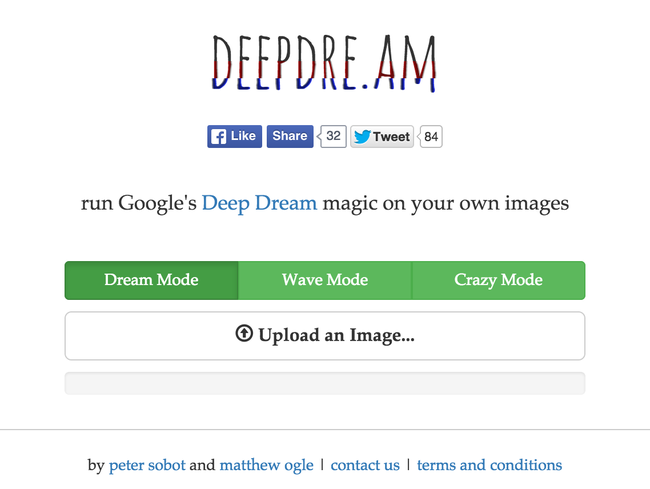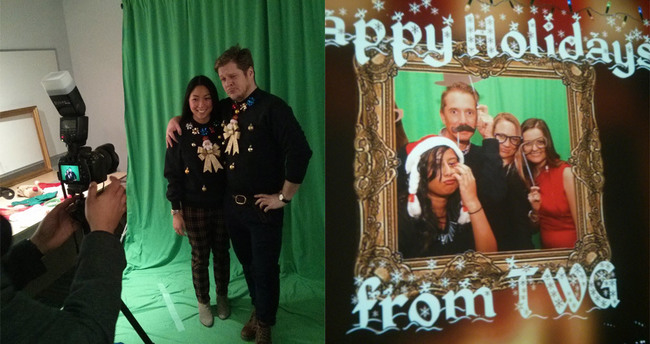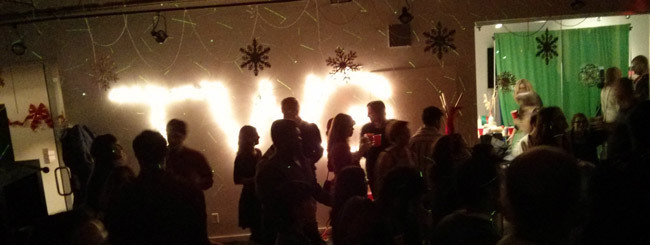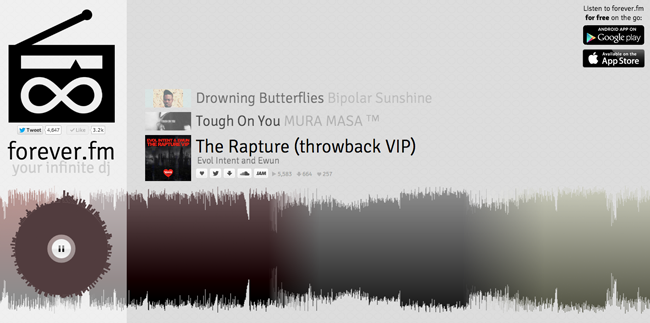How to Buy Property in New York City
So, it’s come to this. You’re thinking about purchasing real estate in New York City.
Dear reader, I did this in 2023-2024. Below is a comprehensive guide on how I did this as a tech worker and transplant, after living in New York for 7 years.
Take all of this with a grain of salt. My fiancée and I are both mid-career tech workers and got to this point after each working full-time for 15+ years. Your story may not match ours, and this is not financial advice.

Step One: Are You Sure?
Buying real estate is likely one of the biggest single financial transactions you will make in your life. Buying your “primary residence” - where you live - is a decision that involves huge financial, emotional, and logistical components. There is no one reason to buy property.
What convinced my fiancée and me, though, was that we prioritized stability above all else. For the next stage of our lives...







